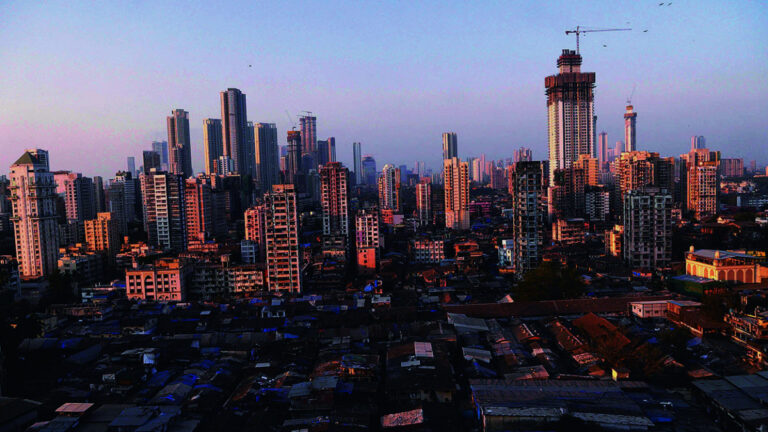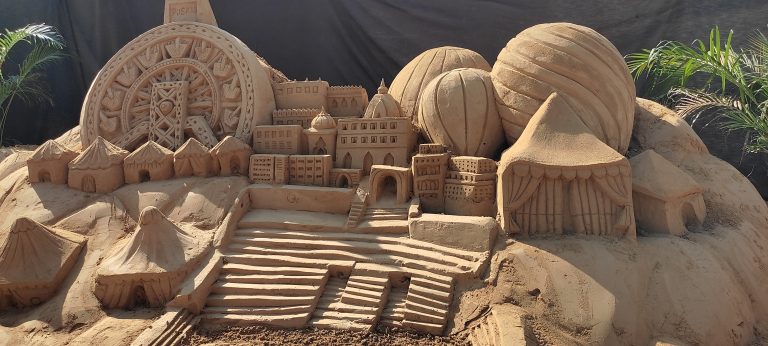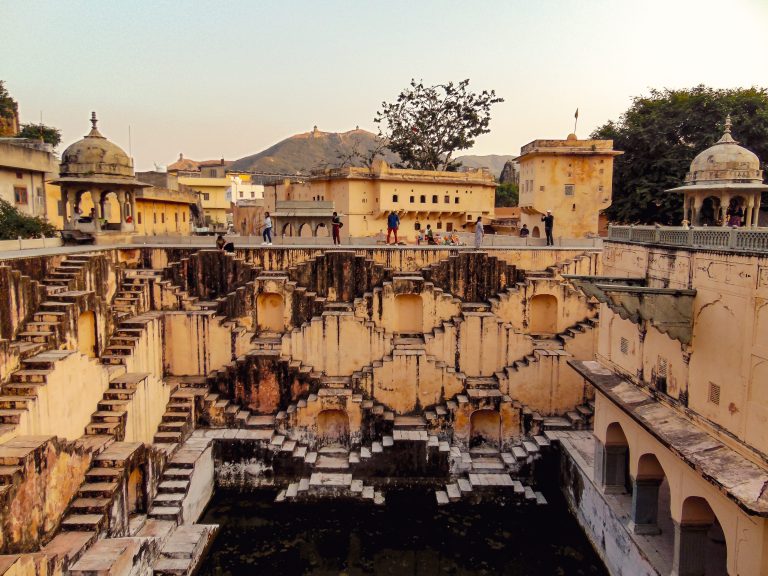Every year, the Pushkar Camel Fair is held at the time of the Kartik Poornima of the Hindu calendar. The Pushkar Camel Fair is a significant event among the villages near Pushkar and a travel and cultural experience that attracts prominent visitors in October and November. Along with this, the Pushkar fair is also a primary gathering space for camels, horses and cattle trading and activities related to them. The fair is an opportunity for traders, farmers and livestock from all over Rajasthan to gather.
Multiple activities take place over a stretch of nine days around these animals. Some of them include buying and selling these animals, animal races, particularly camel races, decorating animals with ornaments and many other desert activities. The traded animals are then taken to cities for entertainment purposes or used in the desert for tourist travelling and agriculture. Not only is this event important culturally, but it also creates income for many families and villages in Rajasthan.
The animals are generally bought from villages around Pushkar. Amongst them, the camels arriving at the fair are of varying age groups and used for different purposes. The general age group is two years to eight years old. The average price of a camel to be sold is 30,000 to 35,000 INR. However, the final price depends significantly on the camel, its size, age, health and the purpose it will serve.

The camel trading and activities generally happen at a ground near Pushkar Lake every year. This allows a good amount of footfall and tourist participation in these activities. This year, however, the government shifted the region for came trading and activities from the ground to deeper into the desert. Due to this, attraction from most traders and tourists was lost. The reason behind it was a disease caught in some village cattle, which was spreading rapidly among the animals. To avoid the spreading of this disease from animals to people attending the Pushkar Fair, this step was taken.

But due to this step, most camel owners, villagers and traders have faced major losses. Most of them stayed deep in the desert with their animals, away from Pushkar. Many families didn’t have any basic facilities and were starving for days. Some were provided with food and water, but it was barely enough. Most of them couldn’t even go back to their villages since the herds of camels were tired and hungry after walking all the way to Pushkar.
Other than that, camel trading that used to happen at the entire length of the Pushkar fair was reduced to 3 to 4 days. Due to this, many villagers returned to their villages with their camels without earning anything.
Though the measures taken by the government are understandable since Pushkar receives many tourists and foreigners during the fair, this was a necessary measure to avoid spreading the disease. But what about the collateral damage? Why is it always the lower end of society who has to face this damage, and what can we do to change this as members of this society?





Great Info
Thank you!